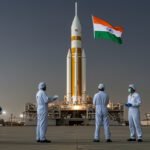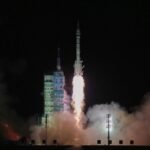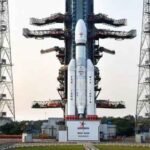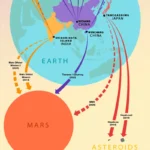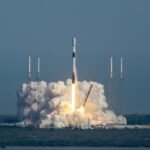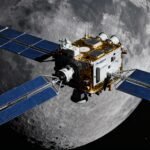Have you ever imagined what it’s like to live without gravity — where your food floats, your hair stands on end, and even a drop of water dances in mid-air?
Welcome aboard the International Space Station (ISS) — humanity’s home in space, orbiting Earth at a breathtaking 28,000 kilometers per hour. It’s not just a spacecraft; it’s a floating laboratory, a symbol of global cooperation, and a glimpse into our future among the stars.
The Space Station: A City in the Sky
The ISS is one of the most extraordinary engineering marvels ever built. Stretching the size of a football field, it was assembled piece by piece in orbit by astronauts and robotic arms. It serves as a zero-gravity research center, where astronauts from different countries — including NASA, ESA, Roscosmos, and JAXA — live and work together.
Every corner of the ISS is designed with precision — from solar arrays that generate power to life-support systems that create oxygen and recycle water. It’s a self-sustaining ecosystem, orbiting Earth once every 90 minutes — giving astronauts 16 sunrises and sunsets a day!
Staying Fit Without Gravity
In space, there’s no “up” or “down” — and that’s not just confusing; it’s physically challenging. Without gravity pulling on their bodies, astronauts’ muscles and bones weaken over time. To fight this, they spend two hours every day exercising on special equipment:
- Cycling Machines (with straps to keep them in place)
- Resistance Devices that mimic weightlifting
- Treadmills with harnesses to stop them from floating away
These workouts are crucial to maintaining health in space — because every returning astronaut must re-adapt to Earth’s pull.

Water from Thin Air (and Urine!)
On Earth, we take water for granted — but in space, every drop counts. That’s why the ISS has a high-tech recycling system that turns urine and moisture from breath into drinkable water.
As NASA jokes: “Today’s coffee is tomorrow’s coffee!”
It might sound strange, but this process ensures astronauts always have clean water, even millions of kilometers from home.
Floating Food and Space Snacks
Eating in space is more fun — and messier — than you’d think! Without gravity, crumbs and liquids can float away, so most food comes in sealed pouches or powdered form.
To eat, astronauts:
- Rehydrate freeze-dried meals using hot water.
- Use Velcro or magnets to keep utensils in place.
- Enjoy favorites like tortillas (no crumbs!), space curry, and even desserts.
Drinks — from juice to coffee — are sipped through straws attached to pouches, so they don’t float around the cabin.
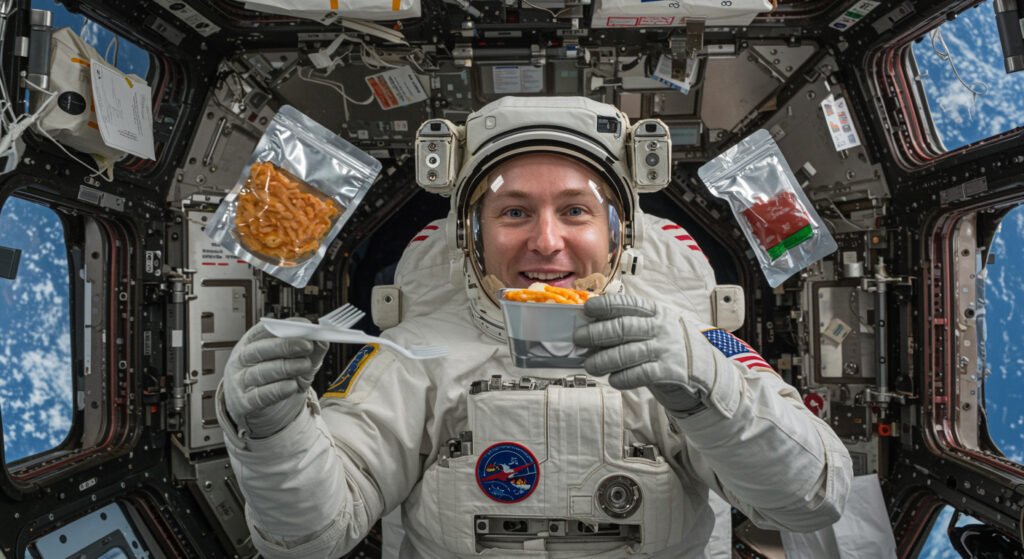
The Ultimate Toilet Challenge
Yes, even astronauts need bathrooms — but space toilets are a masterpiece of engineering!
They use airflow instead of water, sucking waste into sealed containers.
Solid waste is stored and later returned to Earth for disposal, while liquid waste joins the recycling system for purification.
It’s a bit complicated — but essential when you’re orbiting 400 km above Earth!
Work, Research, and Relaxation
A day aboard the ISS is tightly scheduled. Astronauts follow Mission Control’s timeline, balancing:
- cientific experiments (like growing plants in zero gravity)
- Maintenance of onboard systems
- Daily video calls with scientists and family
- Observations of Earth and space
Evenings bring moments of calm — astronauts read, listen to music, or gaze at Earth’s glowing curve, watching city lights shimmer like constellations below.
A Glimpse into Humanity’s Future
Life aboard the ISS is more than science — it’s a symbol of unity. People from different countries, languages, and cultures live together, orbiting Earth as one team. Their discoveries are paving the way for future missions to the Moon, Mars, and beyond.
Every sunrise they see reminds us:
“We are all passengers on the same blue planet — learning, exploring, and dreaming together.”
Fun Facts from Space:
- Astronauts experience 16 sunrises a day.
- 90% of their water is recycled.
- Pizza has been delivered to space once!
- Plants grow differently in zero gravity — they don’t know which way is “up.”
Final Thought
Living in space isn’t easy — but it’s beautiful, bold, and inspiring.
The ISS is not just a lab; it’s a window into our cosmic future, where humans learn to adapt, survive, and thrive — far beyond gravity’s reach.
Q1: How long do astronauts stay on the ISS?
Usually 6 months, but some missions extend up to a year to study long-term space effects.
Q2: How do astronauts sleep in zero gravity?
They use sleeping bags attached to walls so they don’t float around.
Q3: What kind of food do they eat?
Mostly dehydrated or packaged food — like tortillas, soups, fruits, and drinks through straws.
Q4: How do they bathe in space?
There are no showers; they use rinse-free wipes and no-rinse shampoo.
Q5: What happens to waste in space?
Liquid waste is recycled into water, while solid waste is stored and later burned up on re-entry.



